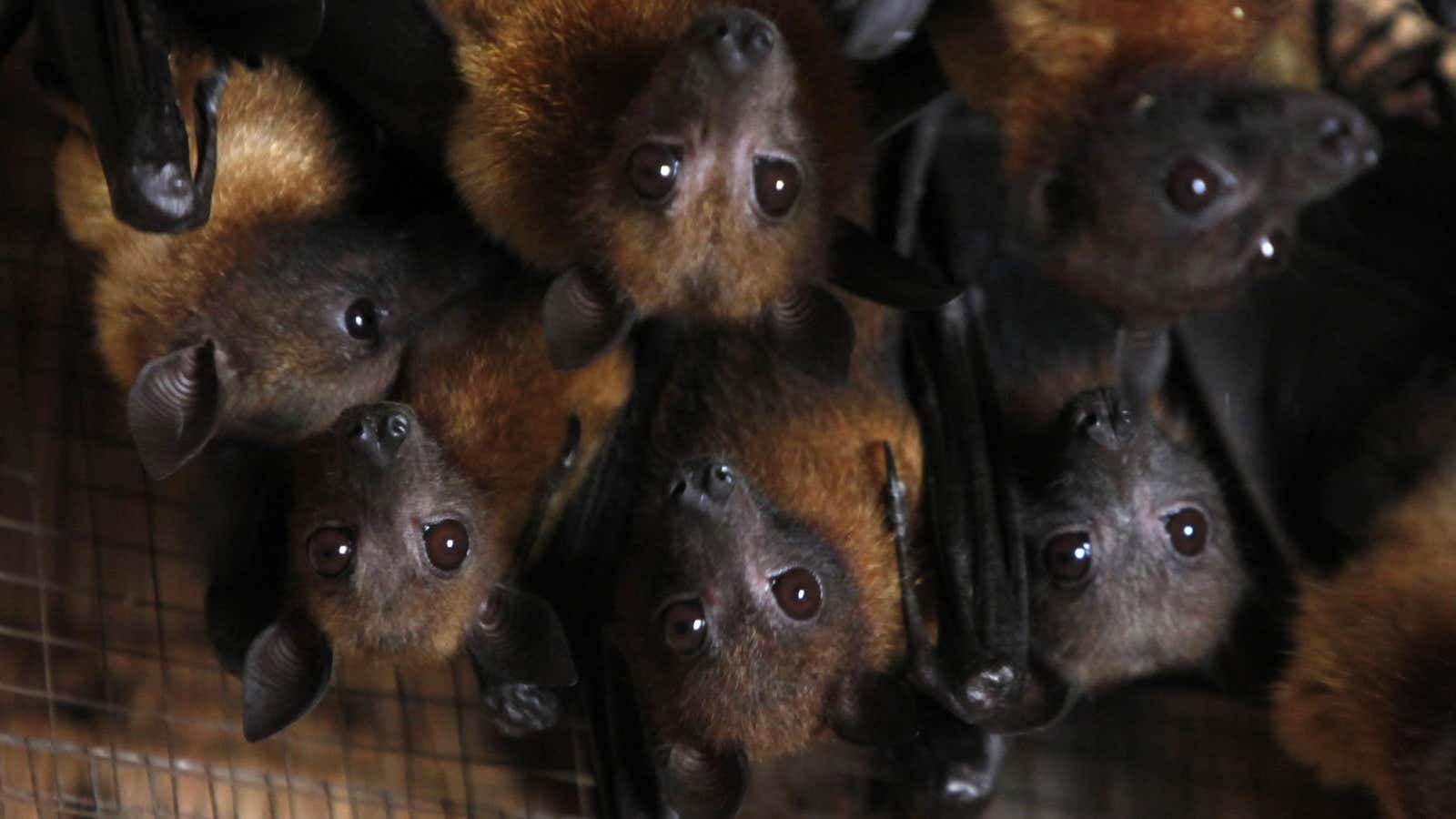As the Ebola virus ravages western and central Africa, one of its virulent cousins has turned up in the opposite corner of the continent. Ugandan authorities report that a healthcare worker in Kampala, the country’s capital, died on Sep. 28 of Marburg virus, a hemorrhagic fever with similar symptoms to Ebola. The 30-year-old radiographer had come down with symptoms about 10 days earlier, said the health ministry.
Does this augur another terrifying outbreak like the one that’s killed more than 3,400 in western Africa?
Probably not. One of the reasons the Ebola virus has killed so many is that this is the first time it’s turned up in western Africa, and the region’s governments have lacked the expertise and infrastructure to contain the virus’ spread.
Not so in Uganda. Since both Marburg and Ebola crop up periodically there, the health ministry is practiced at containment in a way that Liberia, Sierra Leone and Guinea simply aren’t. Ugandan authorities say they’ve already quarantined the 80 people who came in contact with the patient.
In addition, Marburg’s incubation period is only 14 days, compared with Ebola’s 21, making it relatively easier to limit the virus’ spread.
Why do these viruses seem to be flaring up more often? While it’s not yet clear where the Ugandan patient contracted Marburg, in general, this is likely happening because, as mining and agricultural industry push further into tropical forests, humans are coming into contact with infected animals much more frequently. Several Marburg outbreaks, for instance, have begun by infecting miners.
Forests are home to what are called the viruses’ “reservoir hosts,” the animal populations that harbor a virus in between human outbreaks but are immune to its symptoms. While Marburg hides out in fruit bats, other similar viruses thrive in rodent populations.
No one knows for certain where Ebola lies low in between epidemics, which makes it hard to anticipate where future outbreaks will occur. However, some research suggests that, like Marburg, fruit bats also incubate Ebola.
Bats are excellent at this because they hang out in huge colonies, packed tightly into caves, which makes it easy for the virus to spread among them. And the more a virus leaps from host to host, the greater the chance for it to mutate into a form even deadlier to humans. Scientists suspect that primates or monkeys are first infected with the virus after eating fruit tainted with urine or other bat fluids. They then pass the virus on to humans.
Oddly enough, the first documented outbreak of Marburg wasn’t in Africa at all—but in Europe. In 1967, the then-unnamed virus killed seven and sickened 24 others in Germany and Yugoslavia. The first to fall ill with the strange virus were pharmaceutical factory workers in the German town of Marburg (hence the virus’ name), followed by lab pathologists and veterinary researchers in Frankfurt and Belgrade.
The virus also spread among the patients’ wives and hospital staff caring for the infected. It turned out that all of the original patients had worked with wild monkeys shipped from Uganda to Yugoslavia, and then on to Germany.
